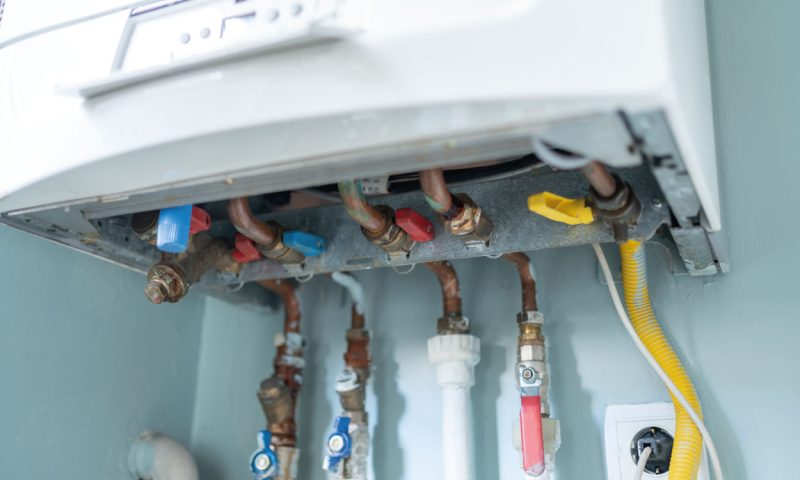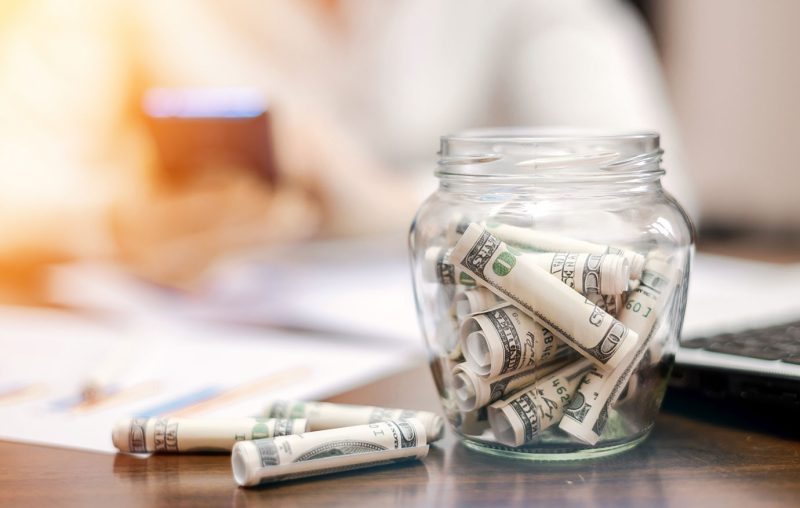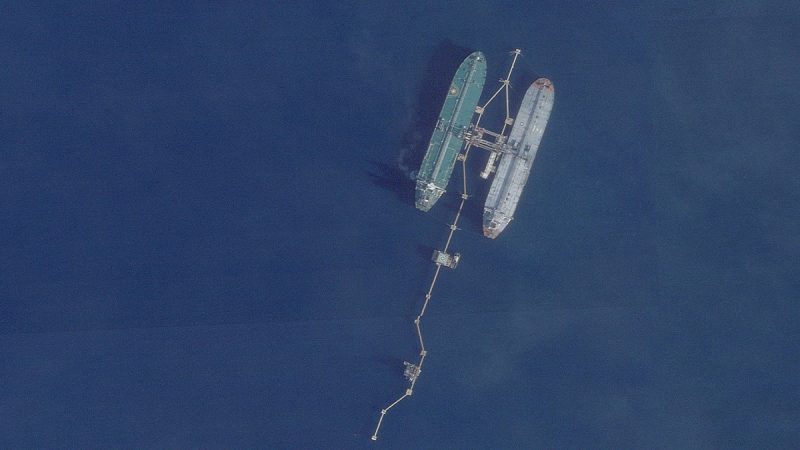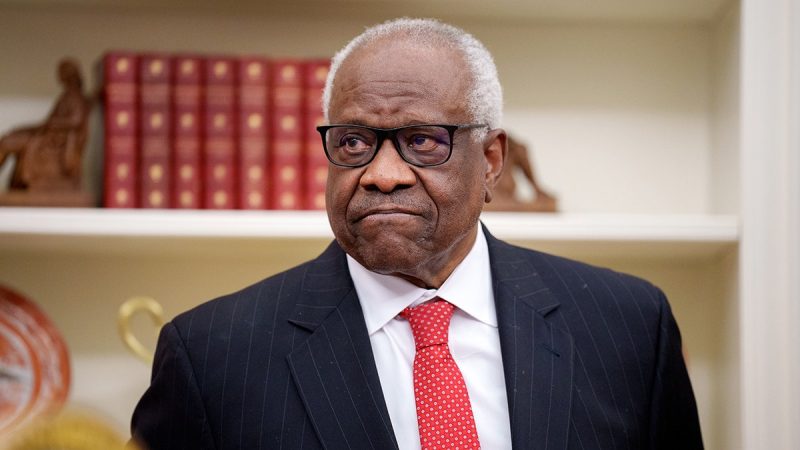How to Improve Water Pressure at Home
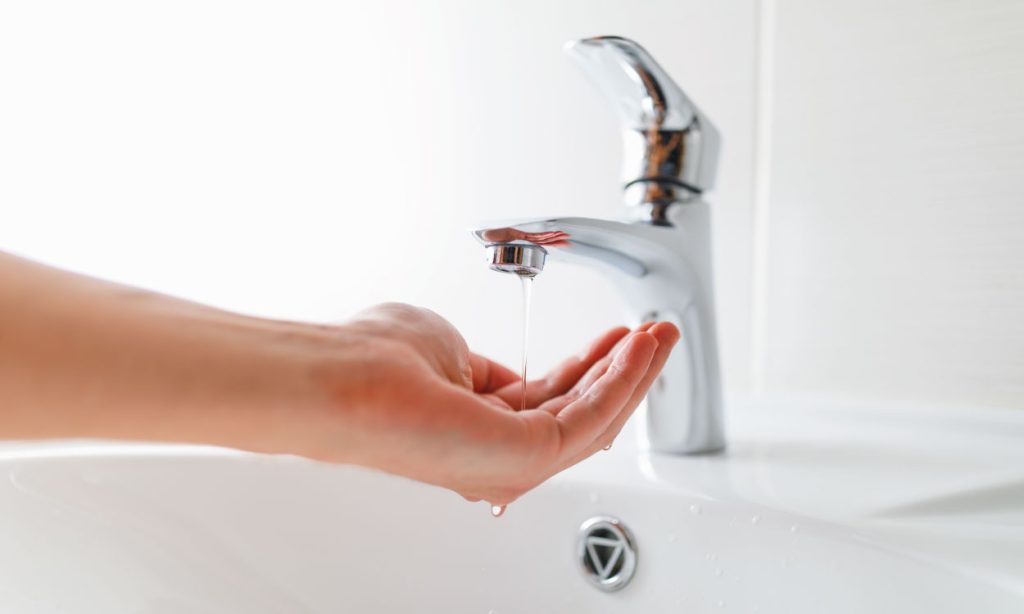
Water pressure plays a crucial role in everyday household routines, from taking a relaxing shower to doing your laundry. When the pressure becomes too low, these simple tasks can become difficult, resulting in a frustrating experience. If you’re finding that your taps are barely trickling or your shower doesn’t seem very powerful, you may be dealing with a water pressure issue.
Fortunately, there are many practical steps you can take to identify and address issues relating to low water pressure in a home. In this article, we’ll walk you through what water pressure is, why it matters and how you can fix it when things go wrong.
Read on for more…

What Is Water Pressure?
Water pressure refers to the force that pushes water through your home’s pipes. It’s measured in pounds per square inch (PSI) and it determines how fast and forcefully water is flowing from your taps, showers and other appliances.
Usually, the pressure is supplied by your local water utility company, and its level can be affected by a wide range of factors inside and outside your home. It’s also worth noting that water pressure is not the same thing as water flow. This refers to the amount of water that is delivered over a period of time. However, both are closely linked as low pressure can reduce the flow.
Why Is Water Pressure Important?
Ideal water pressure is essential for a smooth and efficient household. Most experts agree that the perfect water pressure in a domestic property is between 40-80 PSI, with 60 PSI often the recommended target. Water pressure that is lower than 40 PSI will see you experience weaker showers and inefficient appliances, whereas water pressure above 80 PSI can seriously damage your pipes and fixtures.
Without adequate water pressure in your home, daily tasks that you may have taken for granted before can become delayed and seriously disrupted. Even worse, extreme water pressure fluctuations can cause serious plumbing issues that can cause severe damage.
How To Check Water Pressure
While you can purchase water pressure gauges at your local DIY shop, there is a quicker method you can try extremely easily – the timer method. Simply follow these quick and easy steps:
- Grab a one litre measuring jug
- Use your mobile phone timer
- Turn on a cold tap (the kitchen tap is the best choice as this is connected directly to the mains)
- Time how long it takes to fill the jug
If it takes less than six seconds to fill up to one litre, you have a strong water pressure. However, if it takes longer than this, then you may have a problem. This simple test is a great way to check if further action is needed.
How To Improve Water Pressure In the Home
If you suspect you have low water pressure, then don’t worry – there are several ways you can improve it. Some are simple DIY fixes, whereas some may need professional help.
Here are some things you can try:
Check and turn the stop tap
Often located under your kitchen sink, sometimes the stop tap valve may have been accidentally turned partially during maintenance. Your first port of call should be to check if the tap is fully open by turning it anticlockwise.
Inspect and fix pipe issues
Old, narrow or corroded pipes can restrict water flow and affect its pressure. Over time, your pipes may have internal corrosion or other problems, and you should check them for any issues.
Deal with blockages
If your pipes have become blocked, water flow will be restricted. You may need to call a professional plumber who can use specialist equipment to clear the blockage. Regular maintenance and flushing can help keep pipes clear and pressure at the optimum level.
Install a booster pump
Installing booster systems can help to draw water more effectively, providing a consistent, strong flow of water. However, in the UK, it is illegal to add booster pumps directly to the mains supply, which is why you should only really attempt this as a last resort.
Hire a plumber
If you’re unable to identify the cause of the low pressure yourself or if it is impacting your entire plumbing system, you will likely need to call on professional help. They will be able to conduct full diagnostic checks and properly identify and resolve the issue.
What Causes Low Water Pressure In A House?
Low water pressure can be caused by a whole host of reasons, including:
Obstructed shut off valves
If your internal stop tap isn’t fully open, it can reduce the water pressure throughout your household. This is the simplest fix as all you need to do is turn the tap counterclockwise to restore proper water pressure.
Leaks in pipes
Leaks can reduce the amount of water reaching your outlets and lower the water pressure. You should keep an eye out for damp patches on walls and floors, increases in your water bill or the sound of running water when the taps have been turned off.
Clogged pipes
Blocked pipes can narrow the diameter and choke the flow of water to your appliances. In some cases, pipes may need to be replaced entirely to address this problem.
Weak or ageing water pumps
Homes with private water systems often rely on pumps. If you have a water pump that is old or not powered correctly, it may not be providing your home with sufficient pressure.
Designer taps and fixtures
Modern faucets often come with flow restrictors. While great for helping to conserve water, they can sometimes impact water pressure.
Faulty plumbing
Improperly designed or installed plumbing systems can create water pressure imbalances. For example, problems with how the piping has been installed can restrict the flow of water. Usually, this will need to be corrected by a professional.
Low water pressure is more than just an inconvenience; it can signal deeper issues with your plumbing system. Understanding the importance of water pressure can help you understand how to restore it to its optimum level.
The post How to Improve Water Pressure at Home appeared first on UK Home Improvement.


